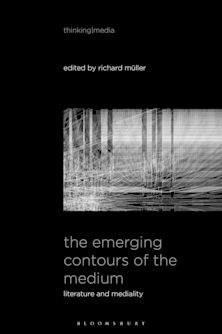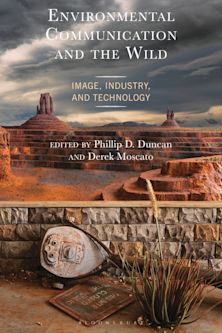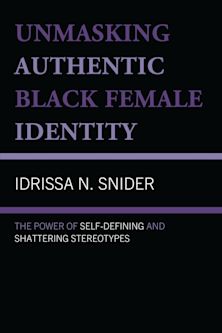- Home
- ACADEMIC
- Film & Media
- Film and Media Studies - Other
- Covering the Courts
- Delivery and returns info
-
Free CA delivery on orders $40 or over
Exam copy added to basket
Choose your preferred format. Please note ebook exam copies are fulfilled by VitalSource™.
You must sign in to add this item to your wishlist. Please sign in or create an account
Description
News coverage of law can be a daunting task for any journalist, especially in a time when public interest in media coverage of the courts has greatly intensified. The second edition of Covering the Courts provides the most up-to-date resources for journalists and students. Detailed descriptions of each step of the judicial process along with tips from top journalists allow for a comprehensive analysis of courtroom activities. This handbook also addresses the complex issues surrounding the free press/fair trial controversy, pre-trial publicity, and the various types of news coverage allowed across the country. New discussions include recent high-profile trials such as US v Microsoft, the 2000 presidential election, and cases relating to the terrorist attacks of 9/11. This book is a substantial resource for journalism students and journalists covering the modern legal system.
Table of Contents
Chapter 2 Introduction
Chapter 3 The Judicial System
Chapter 4 Criminal Procedure
Chapter 5 Civil Procedure
Chapter 6 Criminal Cases: Pre-Trial Coverage
Chapter 7 Criminal Cases: The Trial
Chapter 8 Criminal Cases: Post-Trial Activity
Chapter 9 Civil Cases
Chapter 10 Cameras in Courtrooms
Chapter 11 Covering the Courts
Part 12 Codes of Ethics
Part 13 Canons, Standards, and Rules
Part 14 Guidelines for Coverage
Product details
| Published | Feb 25 2003 |
|---|---|
| Format | Paperback |
| Edition | 2nd |
| Extent | 184 |
| ISBN | 9780742520226 |
| Imprint | Rowman & Littlefield Publishers |
| Dimensions | 227 x 149 mm |
| Publisher | Bloomsbury Publishing |
About the contributors
Reviews
-
A must-read for any reporter whose beat might include the courts. Alexander methodically steps the reader through the processes in clear, concise style. Starting with an overview of the fair trial/free press conflict built into the First and Sixth amendments, she uses current examples from high-profile trials to illustrate how the courts and media have collided. Alexander's book is comprehensive without being overwhelming for the journalist who needs to learn about this field.
Judicature


































